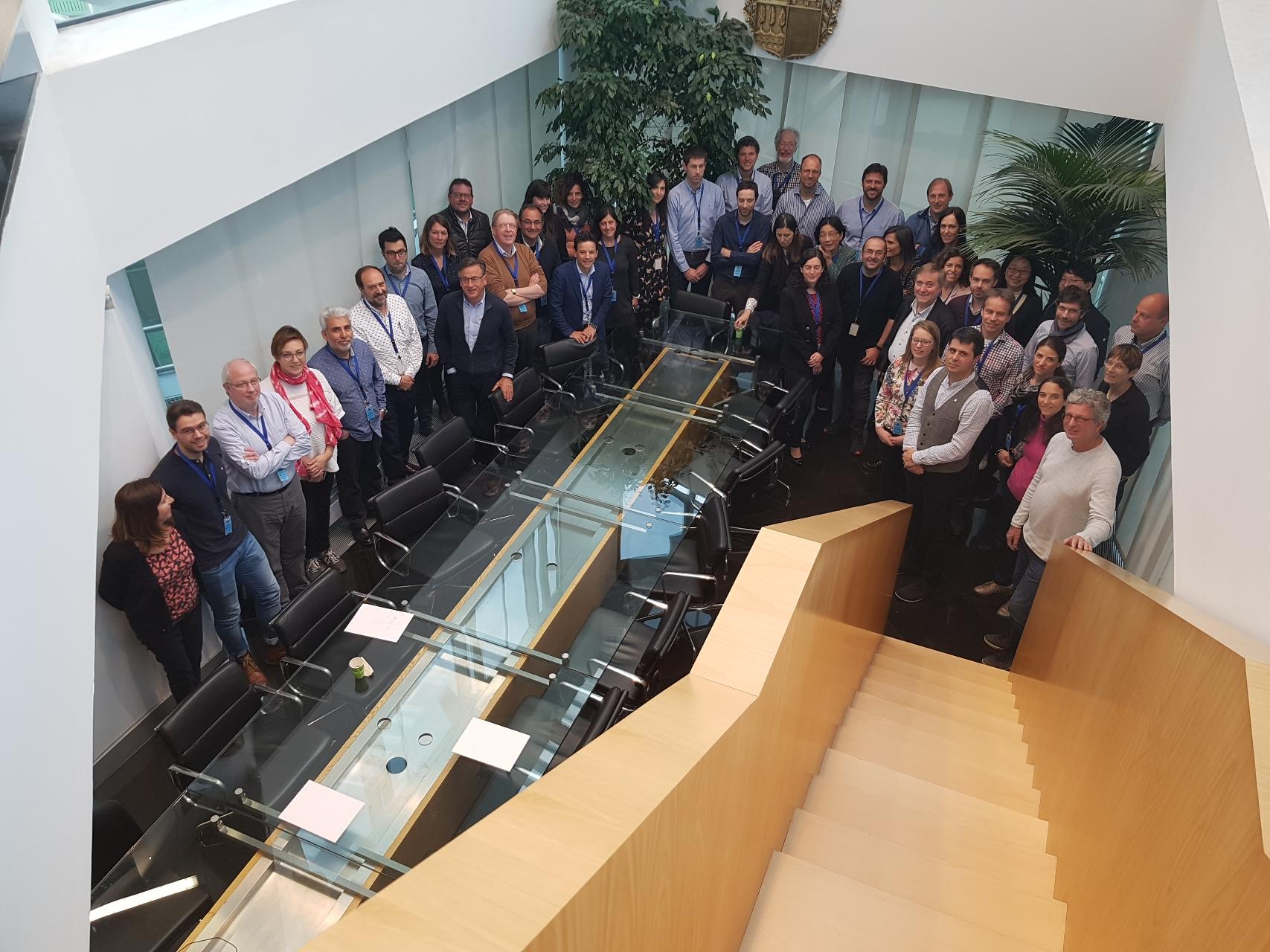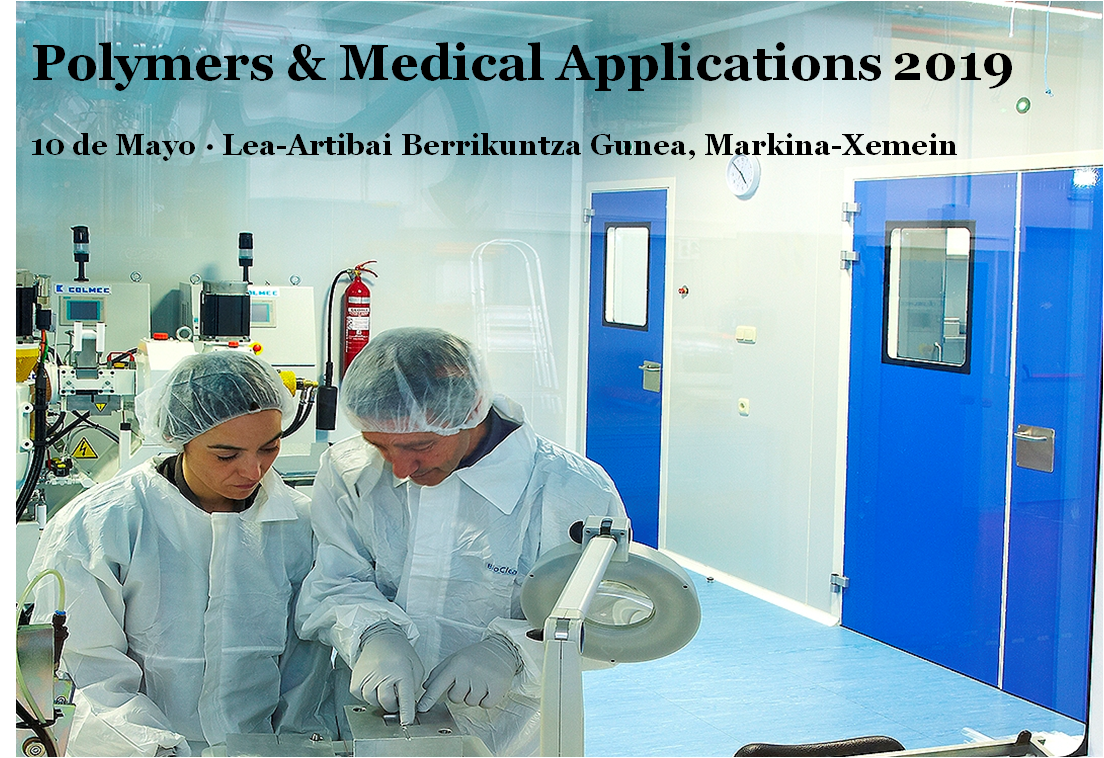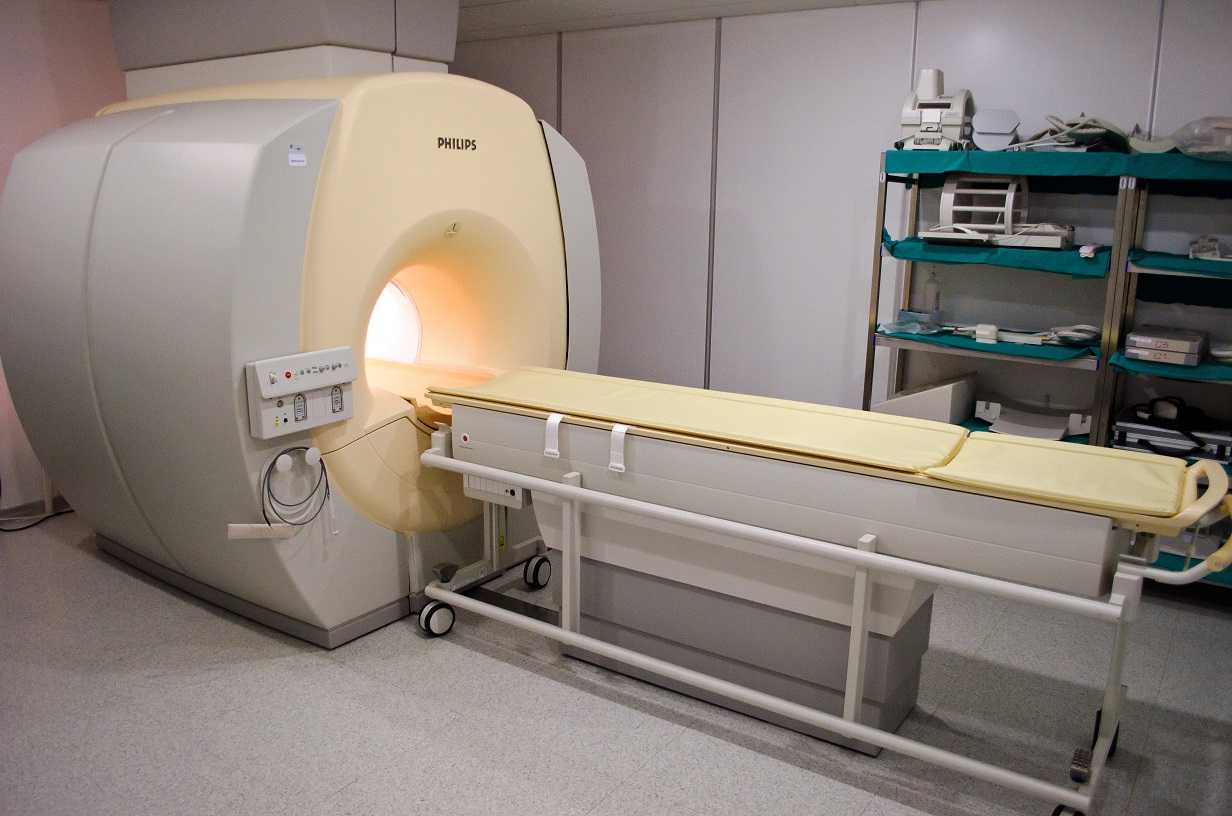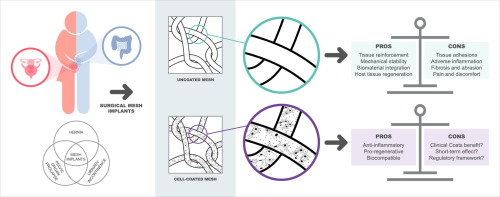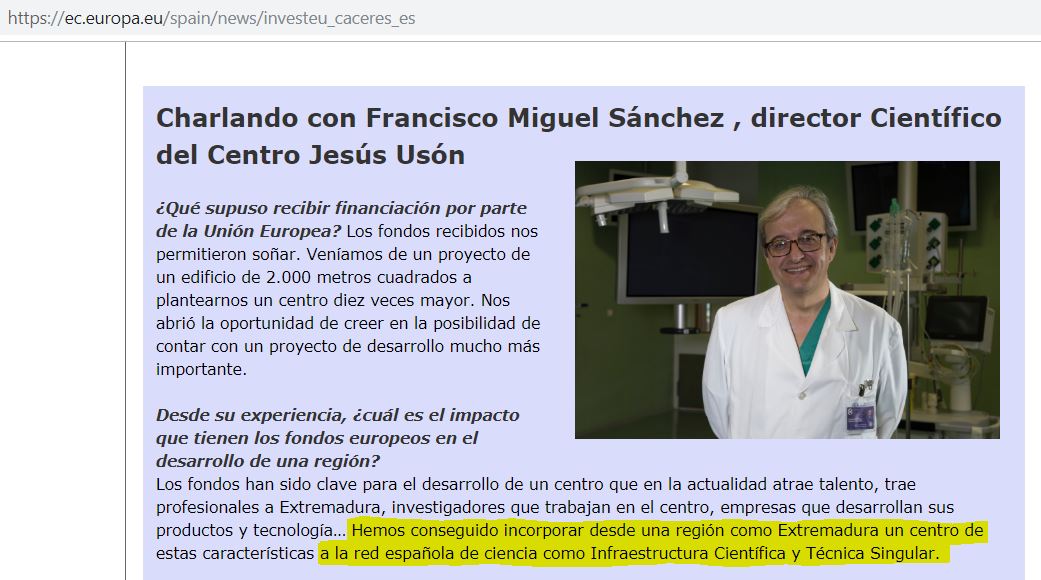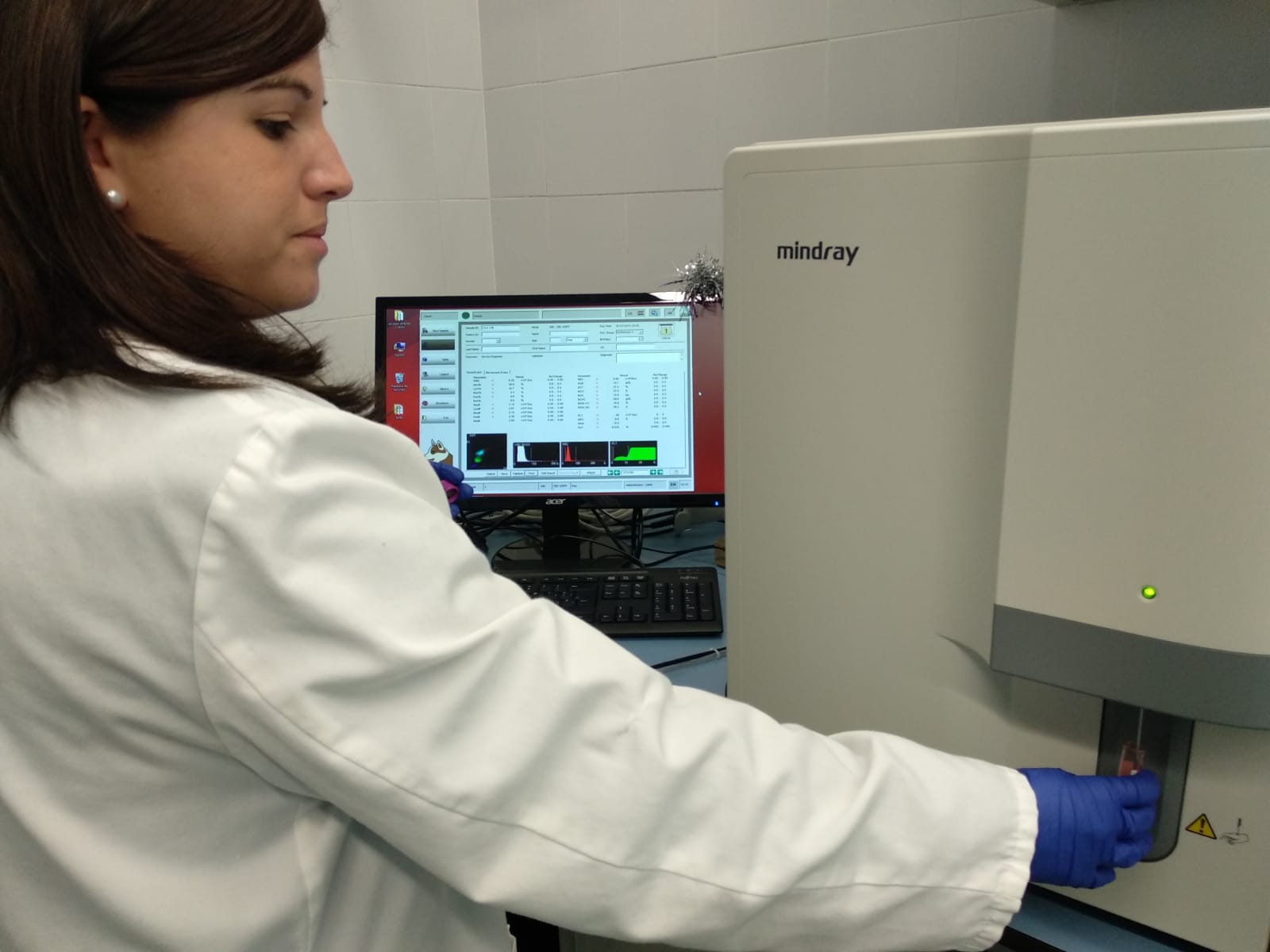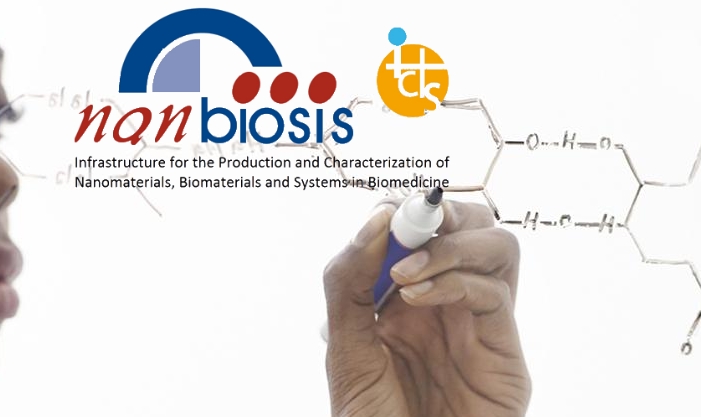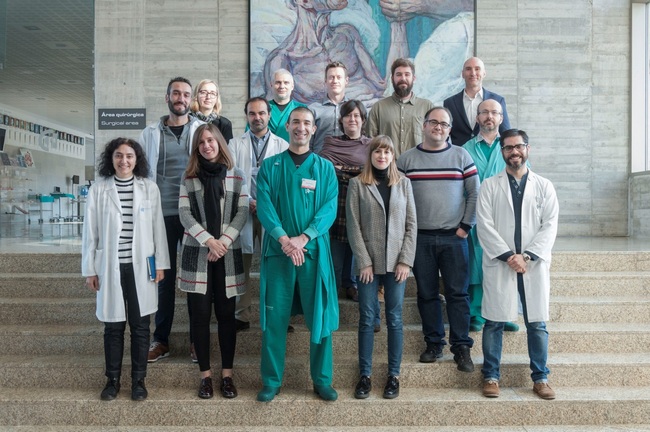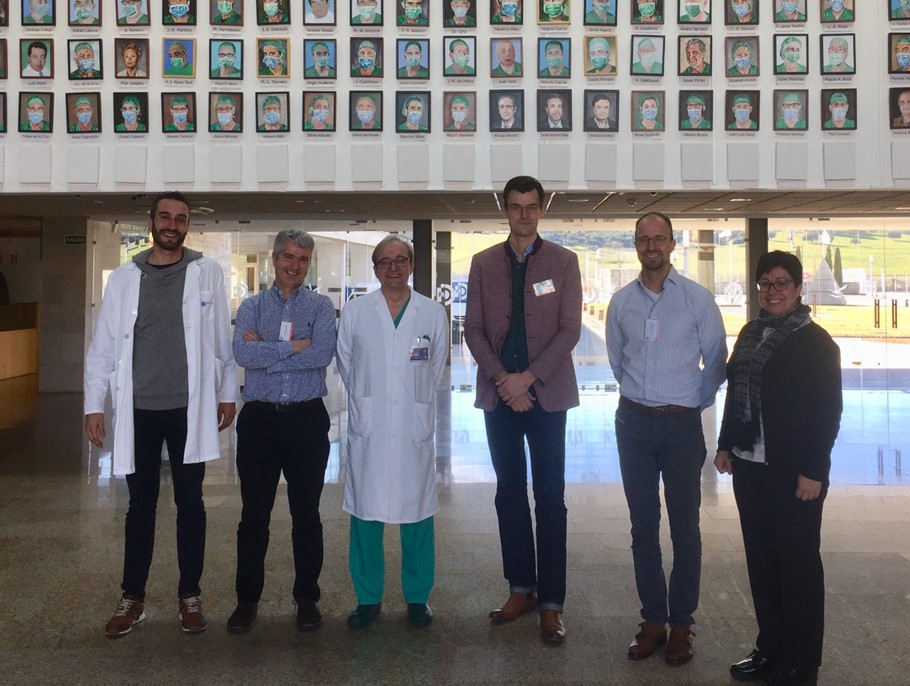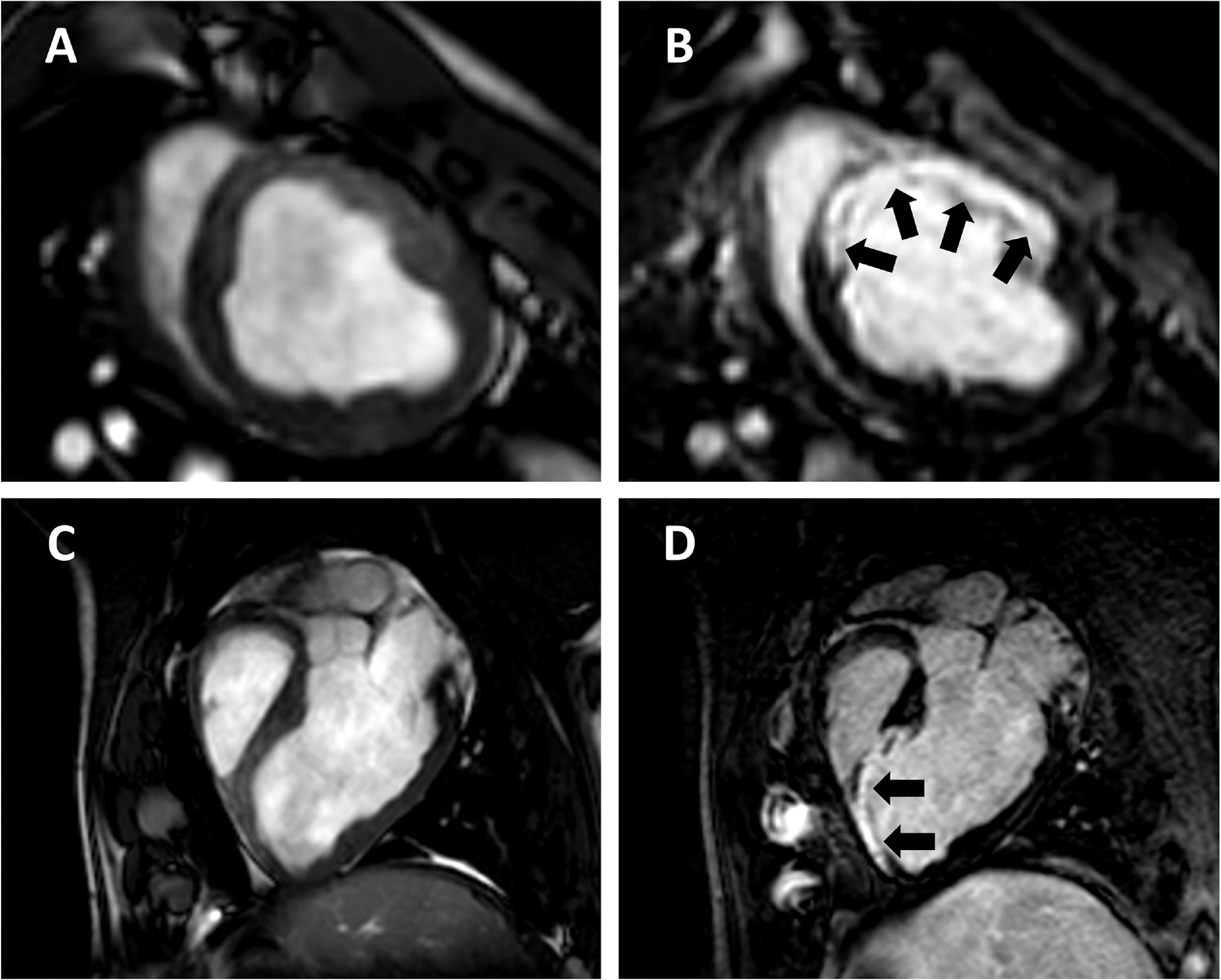Safe-N-Medtech kicks off in Bilbao
The Safe-N-MedTech European Project kcks off in Bibao to create an open innovation platform that accelerates the development of medical devices based on nanotechnologies.
During 2 and 3 of May took place in Bilbao, at the University of the Basque Country, the kick off meeting of the European project Safe-N-Medtech organized by Osteba, the HTA Unit of the Ministry of Health of the Basque Country (Spain) in collaboration with BIOPRAXIS-BIOKERALTY.
Safe-N-Medtech, counts with 28 partnerts coordinated by TECNAN (Navarran company with great experience in Nano products), together with BIOPRAXIS-BIOKERALTY, the research branch of the global health companies Keralty and Praxis. The new project is part of the Open Innovation Test Bed initiative (OITB) launched by the European Commission with the aim of accelerating the development of medical devices based on nanotechnologies in Europe and abroad. The project has a European funding of 15 million euros.
CIBER-BBN participates as a partner in the Safe-N-Medtech throught its Scientific Infraestructure, the ICTS NANBIOSIS. Several units of NANBIOSIS from CIBER-BBN and JUMISC wiil carry out some of the F/Q, in vivo and in vitro characterizations applied to pilot test cases, NANBIOSIS is the leader of WP3 Preclinical Research in nano-enabled MTs.
Society and clinical practice raise a growing demand for new biomaterials, ICTs, medical devices and in vitro diagnostics (Medical Technologies-MTs) based on micro and nanotechnologies. In addition to the challenge of time, new technologies are subject to other pressing factors, such as qualification, regulation, cost, biocompatibility and the need to be applicable throughout the world. Medical devices based on nanotechnologies can be applied in almost all medical areas, with an important presence in areas such as cancer, regenerative medicine, advanced therapies, neurology, cardiology, orthopedics and dentistry.
The initiative aims to build an open innovation platform to offer companies and reference laboratories the capabilities, knowledge, networks and services necessary for the development, testing, evaluation, improvement and exploitation of the market of medical devices and diagnostic based in nanotechnology. This platform will offer a multidisciplinary and market-oriented innovation approach for SMEs, health care providers and industries, accelerating the transfer to the market of these new medical devices. During the first years of project work, the partners will develop their services and test them in different case studies, so that, Safe-N-Medtech OITB can become a sustainable and competitive services platform for companies to accelerate their developments according to the necessary regulatory requirements and ensure the safety and effectiveness of their medical devices based on nanotechnologies.
